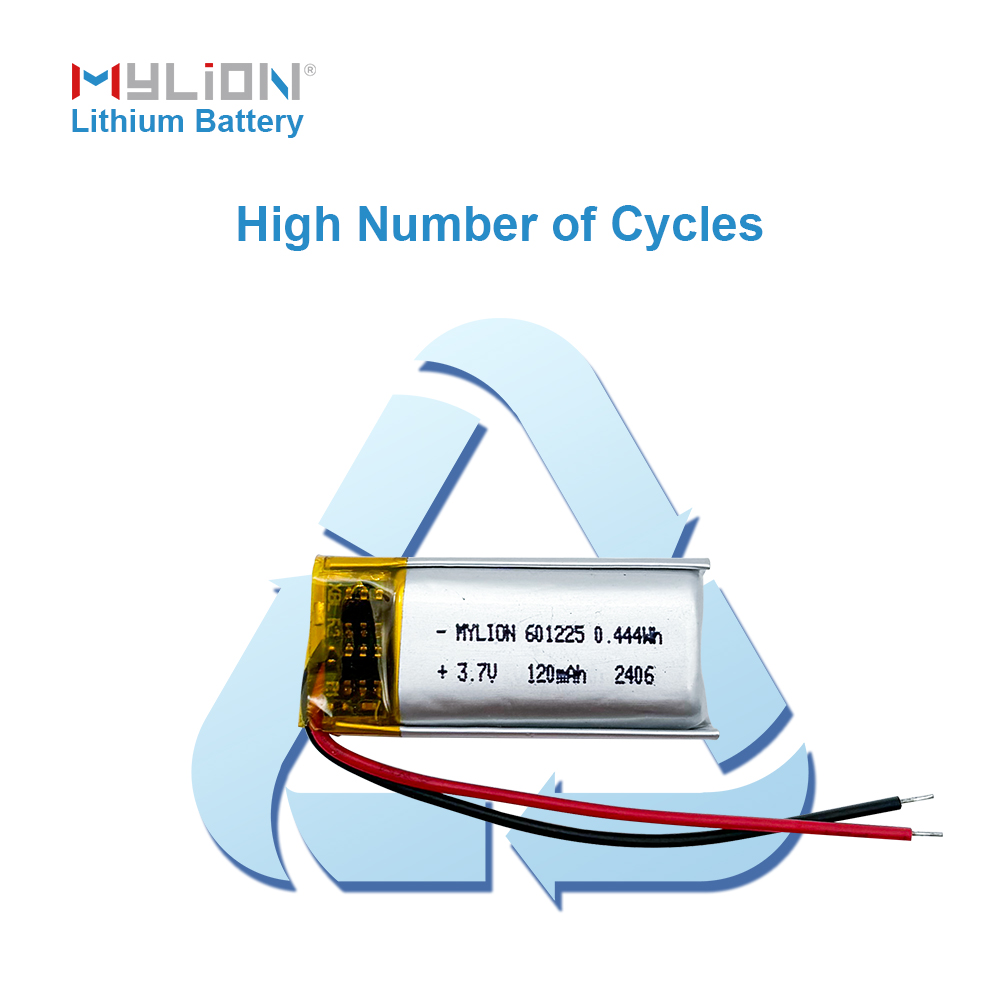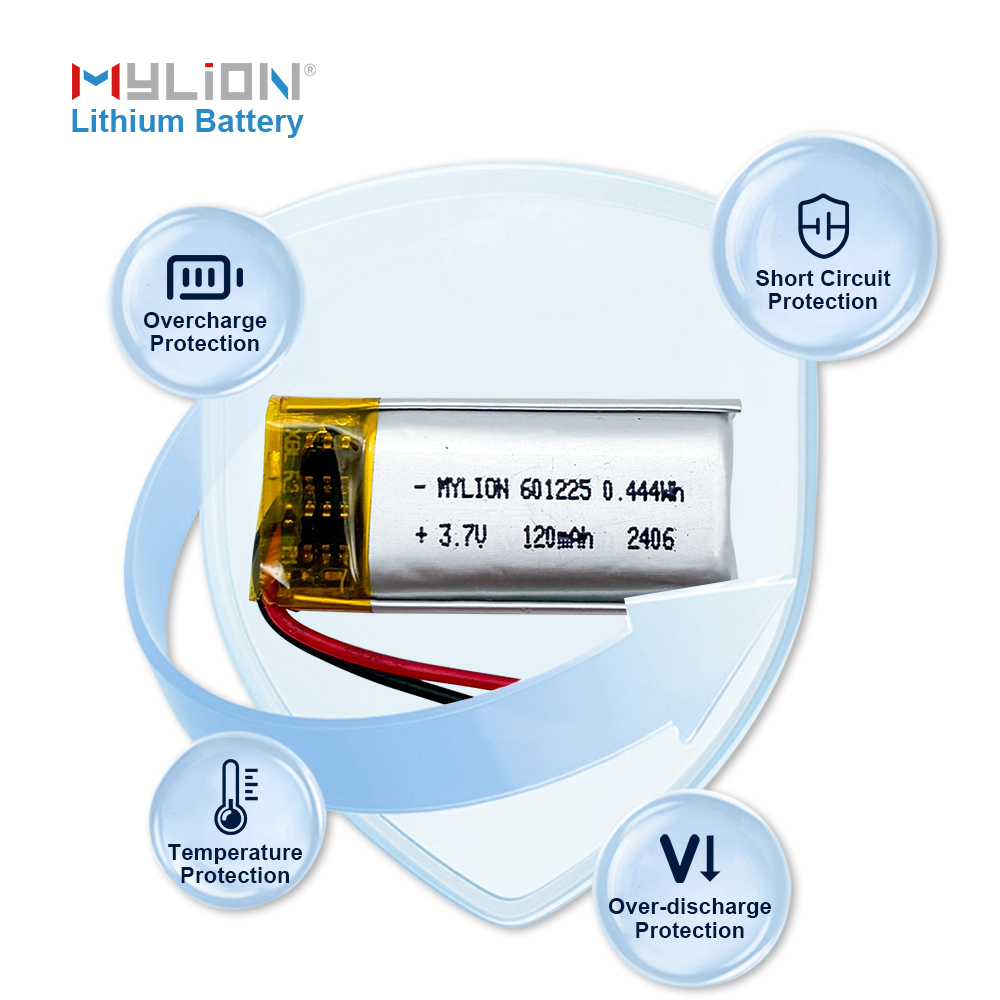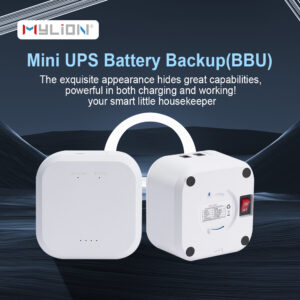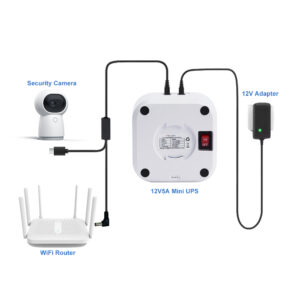Lithium polymer (LiPo battery) technology has revolutionized industries such as consumer electronics, drones, and electric vehicles, offering high energy density, lightweight form factors, and long-lasting power. However, despite their many advantages, LiPo batteries also present potential safety risks if not managed properly, such as overheating, swelling, and even explosion. These risks are primarily due to the sensitivity of lithium batteries to overcharging, overheating, or over-discharging.
Fortunately, LiPo batteries incorporate a variety of protection technologies designed to prevent these safety hazards. These mechanisms, including overcharge protection, temperature control, current limiting, and short-circuit protection, significantly reduce the chance of battery failure and improve user safety. This article takes a deep dive into these protections and explains how they ensure the safe operation of LiPo batteries in a variety of applications.

1.Overcharge protection: prevent voltage overload
One of the most serious risks of lithium polymer batteries is overcharging. When a lithium polymer battery is charged beyond its maximum voltage limit (usually around 4.2V per cell), it can cause excessive heat buildup, internal chemical reactions, and potential battery failure. Overcharging can cause the battery to swell, rupture, or even catch fire.
To prevent this, lithium polymer batteries are equipped with overcharge protection circuits that automatically shut down or reduce the current once the battery reaches its maximum safe voltage. These protection mechanisms are usually integrated into the battery management system (BMS) of the lithium polymer battery to ensure that the battery is charged within a safe range.
How overcharge protection works
Overcharge protection works by continuously monitoring the battery voltage throughout the charging cycle. When the voltage reaches a predetermined level (for example, 4.2V), the protection system stops the charging process and prevents the voltage from increasing further. This is critical to preventing thermal runaway, a situation in which the battery temperature rises uncontrollably, leading to dangerous consequences.
2.Temperature Control: Controlling Heat Buildup
Temperature management is another important aspect of LiPo battery safety. LiPo batteries are sensitive to heat, and operating at high temperatures can degrade internal chemistry, shorten the battery’s life, and increase the likelihood of dangerous reactions such as swelling or explosion. Overheating can occur as a result of excessive charging or discharging, environmental conditions, or high power loads.
To mitigate this issue, LiPo batteries are equipped with temperature control mechanisms that monitor the battery’s temperature during charging and discharging. If the temperature exceeds a safe threshold (usually around 60°C), the LiPo battery’s protection circuitry triggers a shutdown to prevent overheating.
Thermal Protection Circuitry
Some advanced LiPo batteries include thermal protection features that regulate internal temperature more effectively. These batteries may contain internal temperature sensors that directly monitor heat levels, and if they detect temperatures approaching dangerous limits, they will reduce current or completely cut power. This feature is critical for applications such as drones and electric vehicles, where high energy demands can cause significant heat buildup.
3.Current Limitation: Prevent Overcurrent Damage
Another important protection feature of lithium polymer batteries is current limiting, which prevents the battery from discharging or charging too quickly. Lithium polymer batteries are designed to handle specific current loads during charging and discharging. If the current exceeds these limits, it can cause internal damage such as excessive heating, chemical degradation, and even fire hazards.
Current limiting protection helps control the rate at which current is drawn from the battery. It ensures that the battery operates within safe discharge and charging rate limits.
How Current Limiting Works
Current limiting works by monitoring the current flowing into and out of the lithium polymer battery. If the current exceeds a predetermined threshold, the system automatically adjusts the load, reducing the discharge rate or slowing down the charging process. This prevents the battery from experiencing harmful thermal stress and ensures that the lithium polymer battery can operate safely even under high power demands.

4.Short Circuit Protection: Preventing Dangerous Failures
Short circuits are one of the most dangerous risks of lithium batteries. When the positive and negative terminals of a battery come into direct contact, a short circuit is created, causing a rapid discharge of energy. This can cause a fire, battery explosion, or irreversible damage to the battery.
To prevent such risks, lithium polymer batteries are equipped with short circuit protection. When a short circuit is detected, the system immediately cuts off power to prevent further damage or catastrophic failure.
How Short Circuit Protection Works
Short circuit protection is integrated into the circuitry of lithium polymer batteries. It works by detecting the sudden current surge that occurs when a short circuit occurs. Once this surge is identified, the protection system triggers a shutdown, effectively disconnecting the battery from the load. This rapid response helps prevent fire, explosion, or other dangerous consequences.
5.Over-discharge protection: Prevent battery damage
While much attention is paid to overcharging, over-discharging is equally harmful to lithium polymer batteries. If a lithium polymer battery is discharged too much (usually below 3.0V per cell), it may cause irreversible damage, shortening the battery’s life and affecting its ability to hold a charge. Over-discharge can also cause battery swelling and leakage.
To prevent over-discharge, lithium polymer batteries are designed with over-discharge protection circuits. These circuits monitor the voltage of each cell and prevent the battery from discharging beyond safe limits.
How over-discharge protection works
When the lithium polymer battery reaches a low voltage threshold, the protection system activates, stopping the battery from providing power to the device. This protection ensures that the battery will not be damaged by deep discharge and helps maintain its capacity for future use.
6.Additional protection features of LiPo batteries
In addition to the primary protection systems, LiPo batteries often include other features designed to further enhance safety:
Cell balancing: In a multi-cell LiPo battery pack, balancing ensures that all cells within the pack are charged and discharged evenly. This prevents individual cells from being overcharged or over-discharged, which could result in safety risks.
Pouch design: Many LiPo batteries feature a soft, flexible pouch design that minimizes the risk of swelling or rupture compared to traditional hard-shell designs.
IC protection: Advanced LiPo batteries come with a built-in integrated circuit (IC) that continuously monitors all critical parameters, providing an additional layer of protection.

Conclusion: Importance of Lithium Battery Protection Technology
Lithium polymer batteries are widely used in a variety of applications from consumer electronics to electric vehicles due to their high energy density, efficiency and lightweight design. However, without adequate protection mechanisms, lithium polymer batteries are prone to safety hazards such as overheating, swelling and even explosion.
Various protection technologies integrated in lithium polymer batteries, such as overcharge protection, temperature control, current limiting and short circuit protection, play a vital role in mitigating these risks. By carefully monitoring and managing the battery’s voltage, temperature, current and discharge levels, these protection systems ensure that lithium polymer batteries operate safely, efficiently and for longer.
Whether used in drones, electric vehicles or portable devices, these protection mechanisms make lithium polymer batteries a reliable and safe power source, allowing users to enjoy their high performance with confidence.





